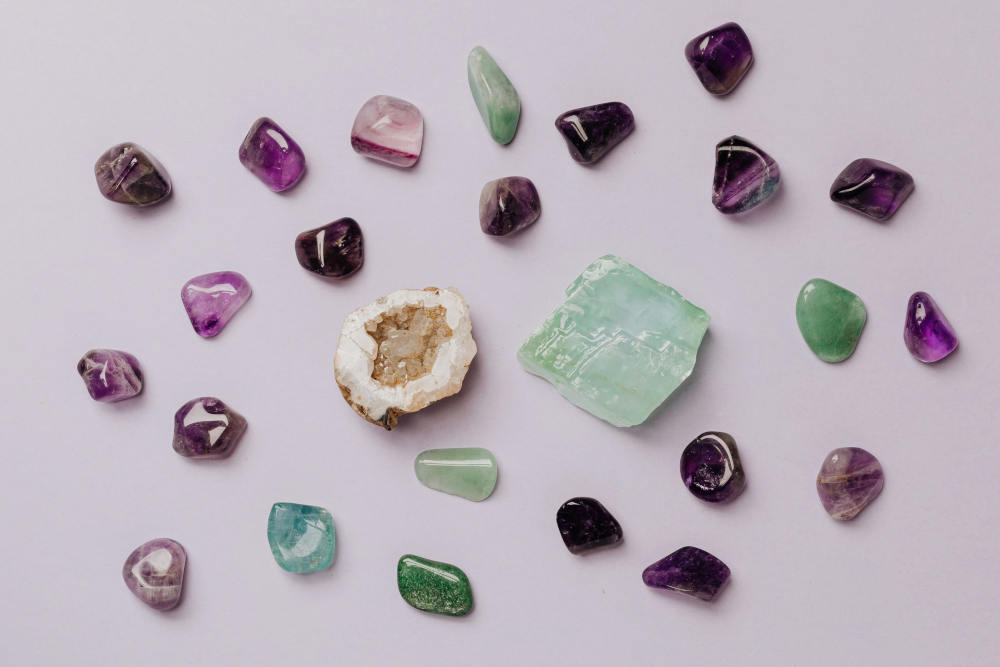
Crystals have fascinated humanity for thousands of years. Their beauty, mystery, and perceived energy have led many to wonder: what religion is associated with crystals? The answer isn’t as straightforward as naming a single faith. Instead, crystals have woven through the spiritual practices, rituals, and healing traditions of multiple religions and cultures across history.
In this article, we’ll explore how different religions and belief systems view crystals, how they've been used spiritually, and why they continue to hold meaning for so many people today.
Panaprium ist unabhängig und wird vom Leser unterstützt. Wenn Sie über unseren Link etwas kaufen, erhalten wir möglicherweise eine Provision. Wenn Sie können, unterstützen Sie uns bitte monatlich. Die Einrichtung dauert weniger als eine Minute und Sie werden jeden Monat einen großen Beitrag leisten. Danke schön!
Ancient Beginnings: Crystals in Early Spiritual Practices
Long before organized religion as we know it existed, early civilizations revered crystals. Archaeological discoveries show that prehistoric humans used crystals like quartz and obsidian for tools, protection, and ceremonial purposes.
In ancient Sumer (modern-day Iraq), some of the world's first written records mention crystals. Sumerians used stones in magical formulas, believing them to carry divine power. Similarly, the ancient Egyptians crafted amulets and jewelry from crystals like lapis lazuli, carnelian, and turquoise, associating them with protection, health, and connection to the afterlife.
These early uses show that crystals were deeply spiritual long before modern religions formalized their role.
Crystals in Eastern Religions
Hinduism
Hinduism is one of the oldest surviving religions where crystals play a significant role. In Hindu traditions, crystals are linked to the chakras—the seven energy centers in the body.
-
Clear quartz, for example, is often used to balance the crown chakra, promoting spiritual enlightenment.
-
Carnelian aligns with the sacral chakra, associated with creativity and emotional health.
-
Amethyst supports the third-eye chakra, enhancing intuition and wisdom.
The Vedic texts, some of the oldest sacred Hindu scriptures, mention crystals and gemstones extensively. Jyotish (Vedic astrology) uses specific stones like ruby, emerald, and sapphire to counterbalance astrological influences and attract positive energies.
Buddhism
In Buddhism, particularly Tibetan Buddhism, crystals also hold spiritual significance. Crystal malas (prayer beads) are common, used in meditation and chanting. Clear quartz, known as the "master healer," is favored for its purifying qualities and its ability to amplify spiritual energy.
Some Buddhist traditions believe crystals can aid in achieving higher states of consciousness, helping practitioners on their journey toward enlightenment.
Crystals in Western Religions
Christianity
Christianity has a more complex relationship with crystals. The Bible, especially in the Old Testament, references precious stones frequently.
-
In the Book of Exodus, the High Priest’s breastplate is described as containing twelve precious stones, each representing one of the twelve tribes of Israel.
-
Revelation 21 describes the foundation of the New Jerusalem as being adorned with twelve gemstones, such as sapphire, emerald, and amethyst.
However, while the Bible acknowledges the beauty and significance of stones, mainstream Christianity generally discourages the use of crystals for healing or magic, viewing such practices as superstitious or outside orthodox Christian belief.
That said, some Christian mystics and alternative spiritual groups do incorporate crystals into their practices today, blending traditional Christian prayer with the symbolic use of stones for spiritual healing and protection.
Crystals in Indigenous and Pagan Traditions
Indigenous Beliefs
Many Indigenous cultures around the world have long traditions of honoring crystals as sacred gifts from the Earth.
-
Native American tribes, for example, have used stones like turquoise in ceremonies for protection, healing, and communication with spiritual realms.
-
Australian Aboriginals regard crystals, particularly quartz, as powerful tools for connecting with ancestral spirits.
For these cultures, crystals are not just objects; they are living embodiments of Earth’s wisdom and energy.
Paganism and Modern Witchcraft
Pagan and neo-pagan traditions, including Wicca, place a strong emphasis on crystals. Practitioners use crystals in spells, rituals, and meditation, believing that each stone carries specific vibrational properties.
-
Black tourmaline is used for protection.
-
Rose quartz symbolizes unconditional love.
-
Citrine attracts prosperity and abundance.
In modern witchcraft, crystals are often combined with herbs, candles, and symbolic actions to focus intention and manifest desired outcomes. This practice has roots in ancient earth-centered spirituality, which honors natural elements as sacred.
Crystals and New Age Spirituality
In the 20th century, New Age spirituality emerged, blending ideas from Eastern religions, indigenous traditions, Western mysticism, and psychology. Crystals became a major symbol of the New Age movement, representing healing, energy work, and personal transformation.
New Age practitioners believe that crystals can:
-
Balance energy fields (auras)
-
Support emotional and physical healing
-
Aid in meditation and spiritual awakening
-
Enhance intuition and psychic abilities
While New Age spirituality isn’t a religion in the traditional sense, it has significantly shaped modern perceptions of crystals, making them popular among people seeking non-traditional forms of spiritual growth.
Science vs. Spirituality: Are Crystals Really Powerful?
From a scientific perspective, there is limited evidence that crystals have healing properties beyond a placebo effect. Crystals like quartz do have interesting physical properties—such as the ability to generate electrical currents under pressure (the piezoelectric effect)—which is why quartz is used in watches and electronics.
However, the idea that crystals can heal diseases or dramatically alter one’s life remains scientifically unproven.
For many people, though, the value of crystals lies not in scientific validation, but in personal experience. Crystals can serve as powerful symbols, tools for meditation, and reminders to focus on inner growth, self-care, and spiritual connection.
Why Crystals Appeal Across Religions and Cultures
Crystals transcend any one religion because they tap into something universal:
-
Connection to Nature: Crystals come directly from the Earth, making them natural symbols of life’s deeper mysteries.
-
Energy and Vibration: Many spiritual systems believe that everything is made of energy. Crystals, with their structure and resonance, are seen as a way to interact with these subtle energies.
-
Beauty and Symbolism: The natural beauty of crystals inspires awe, wonder, and a sense of the sacred, common themes across all spiritual traditions.
Whether used in Hindu chakra work, Christian symbolism, Indigenous rituals, or modern New Age practices, crystals continue to serve as bridges between the physical and spiritual worlds.
Conclusion: Crystals Belong to Everyone
So, what religion is associated with crystals?
The true answer is: many religions and spiritual traditions have embraced crystals in their own ways. Crystals have been used for protection, healing, meditation, and connection to the divine across thousands of years and countless cultures.
Today, people of all faiths—or no particular faith—use crystals to support their spiritual journeys. Whether viewed as tools, sacred symbols, or beautiful reminders of Earth’s magic, crystals offer a universal invitation: to slow down, tune in, and reconnect with the deeper energies of life.
At their core, crystals belong to no single religion.
They belong to all of us.
War dieser Artikel hilfreich für Sie? Bitte teilen Sie uns in den Kommentaren unten mit, was Ihnen gefallen oder nicht gefallen hat.
About the Author: Alex Assoune
Wogegen Wir Kämpfen
Weltweit-Konzerne produzieren in den ärmsten Ländern im Übermaß billige Produkte.
Fabriken mit Sweatshop-ähnlichen Bedingungen, die die Arbeiter unterbezahlt.
Medienkonglomerate, die unethische, nicht nachhaltige Produkte bewerben.
Schlechte Akteure fördern durch unbewusstes Verhalten den übermäßigen Konsum.
- - - -
Zum Glück haben wir unsere Unterstützer, darunter auch Sie.
Panaprium wird von Lesern wie Ihnen finanziert, die sich unserer Mission anschließen möchten, die Welt völlig umweltfreundlich zu gestalten.
Wenn Sie können, unterstützen Sie uns bitte monatlich. Die Einrichtung dauert weniger als eine Minute und Sie werden jeden Monat einen großen Beitrag leisten. Danke schön.



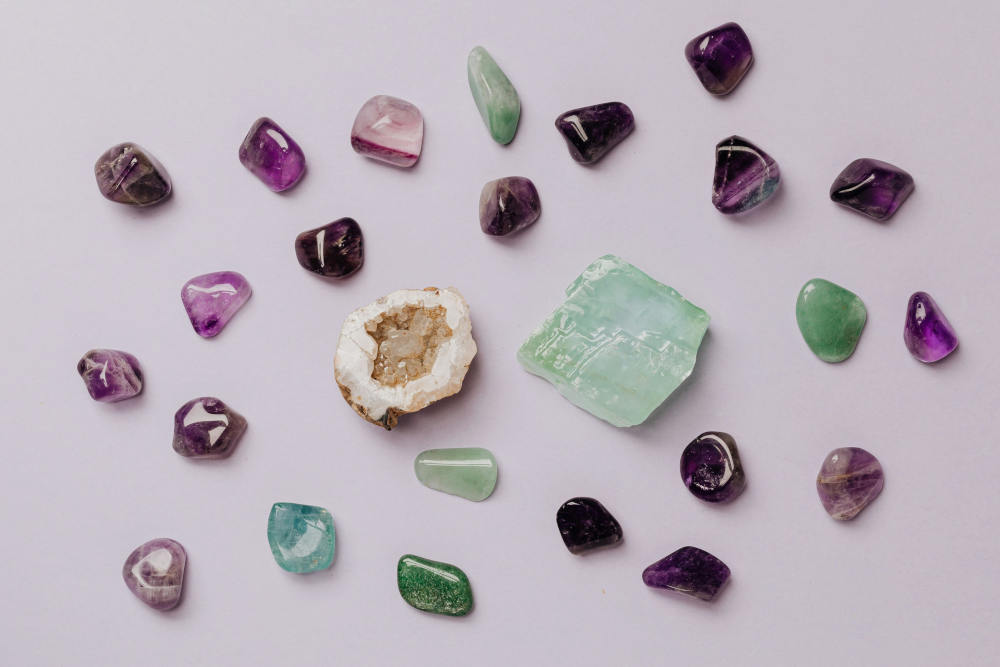
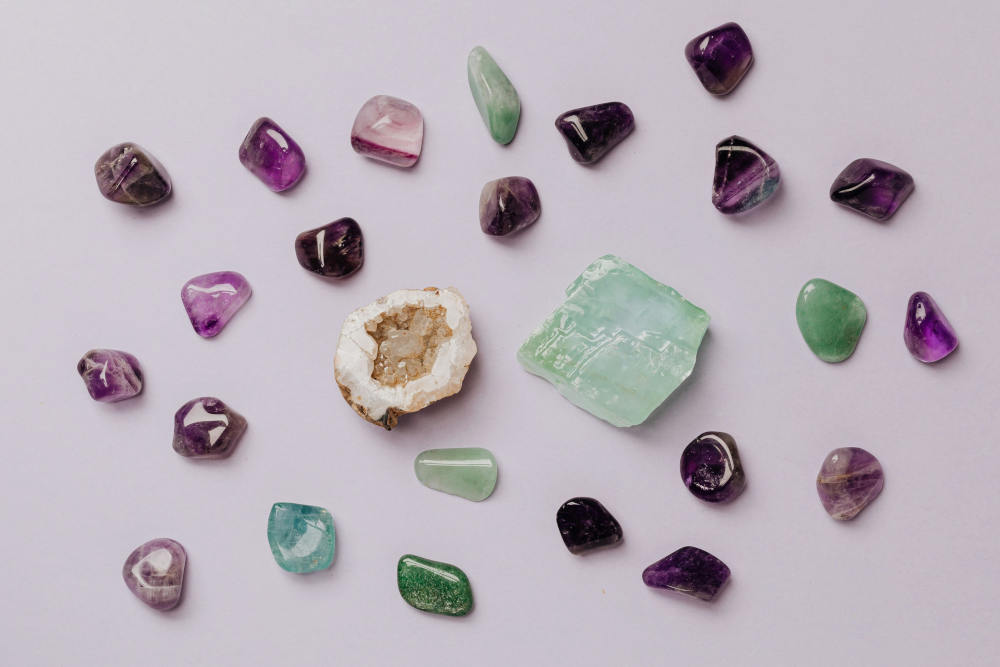
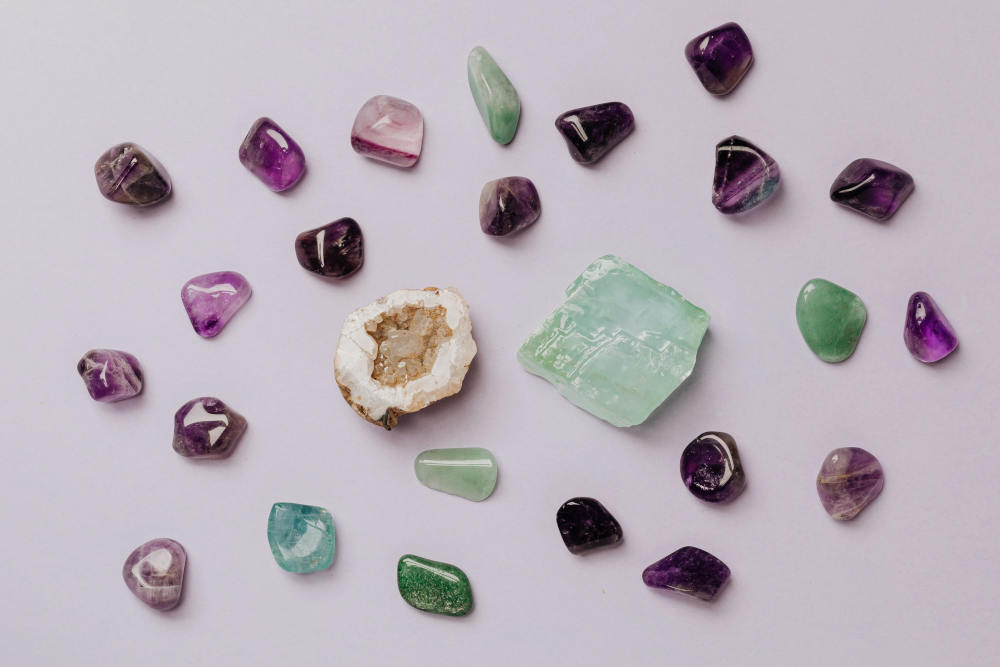
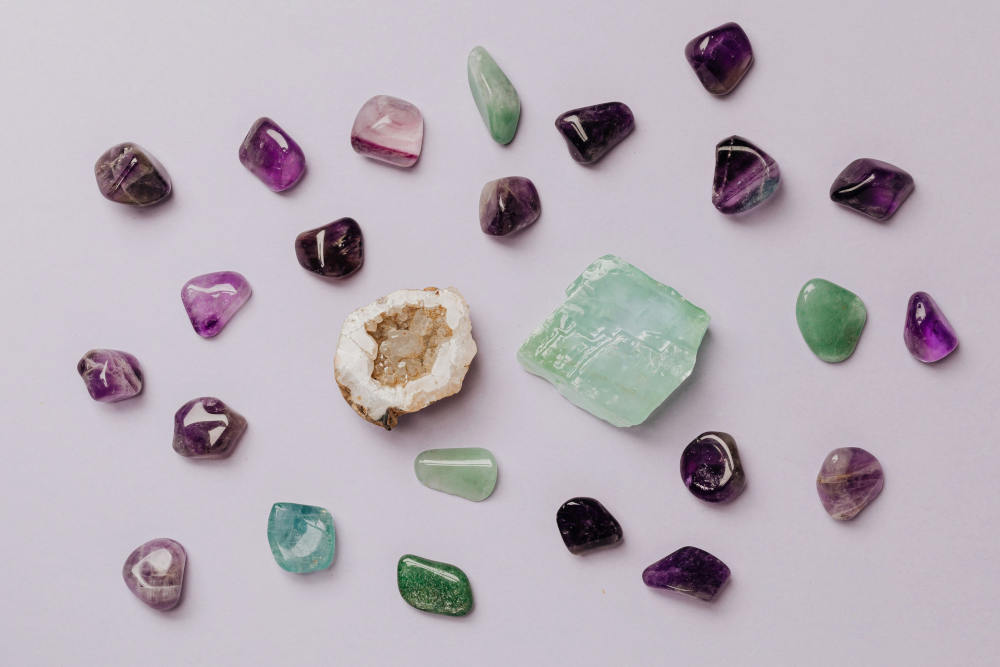




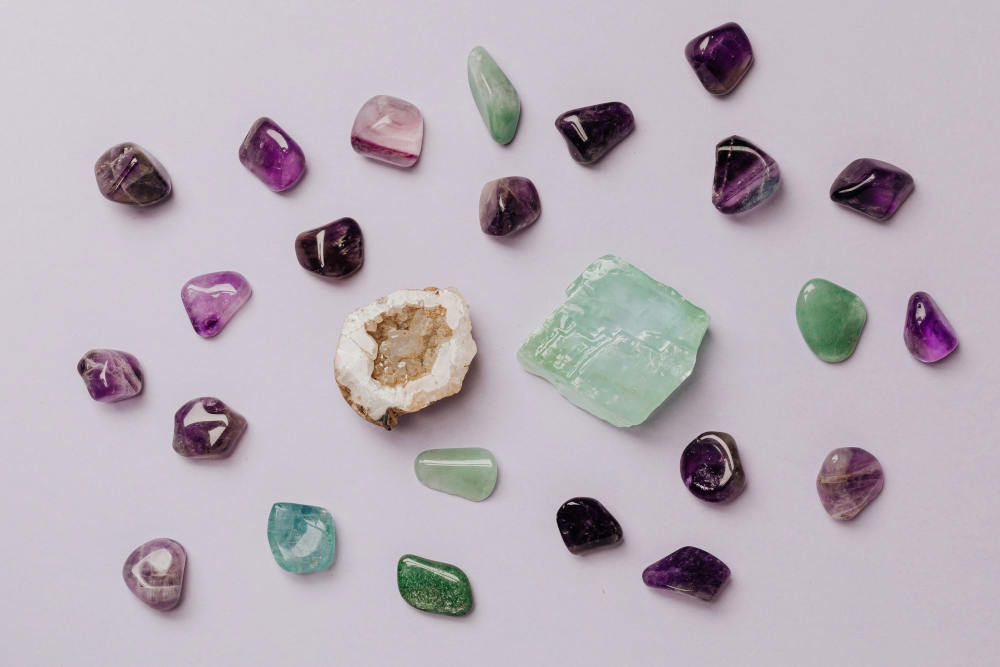
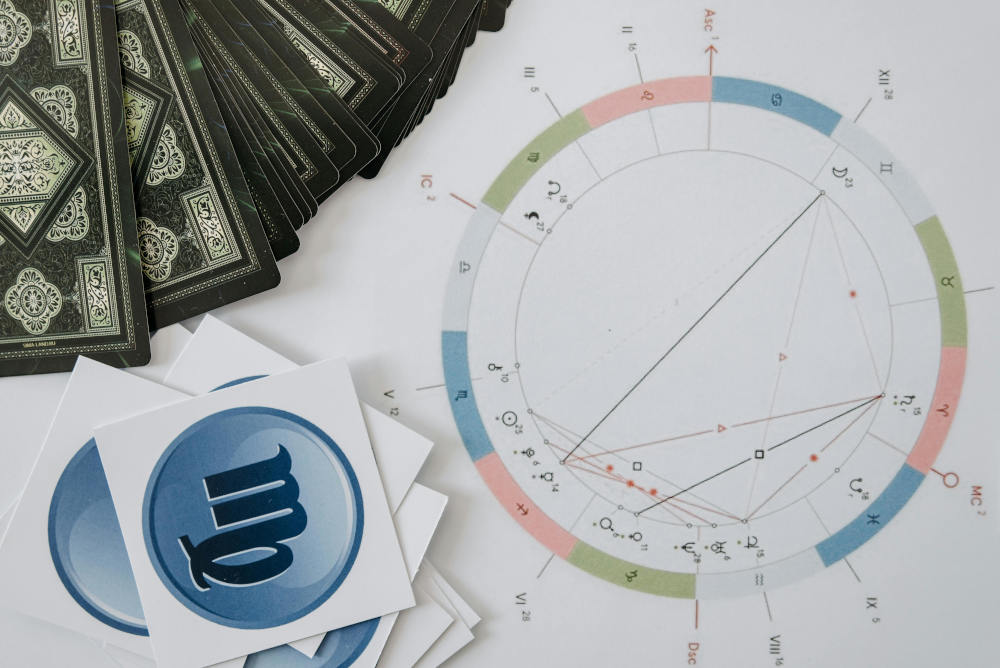




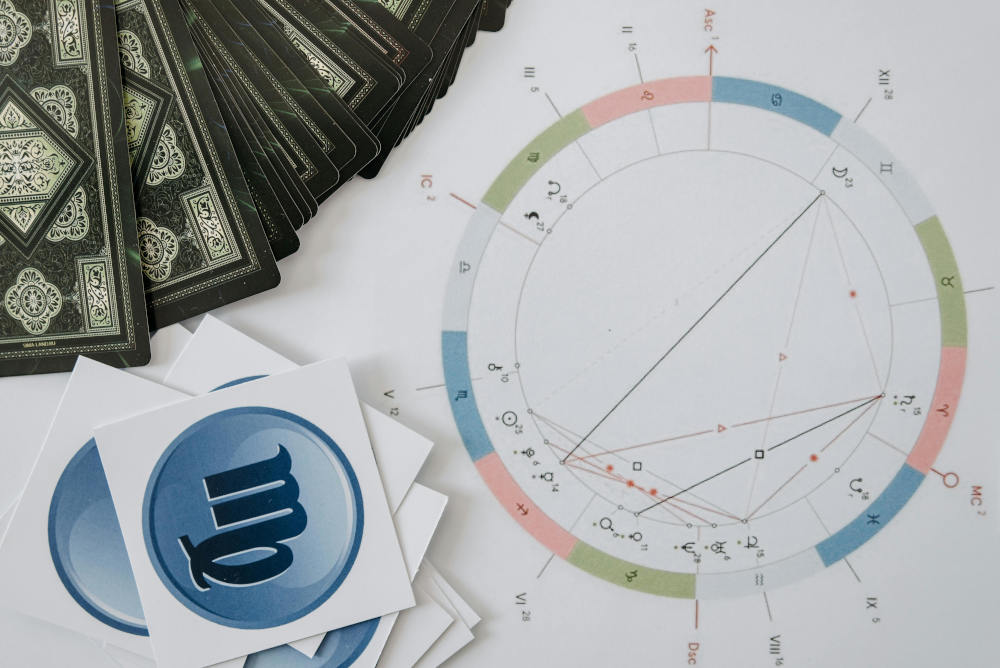



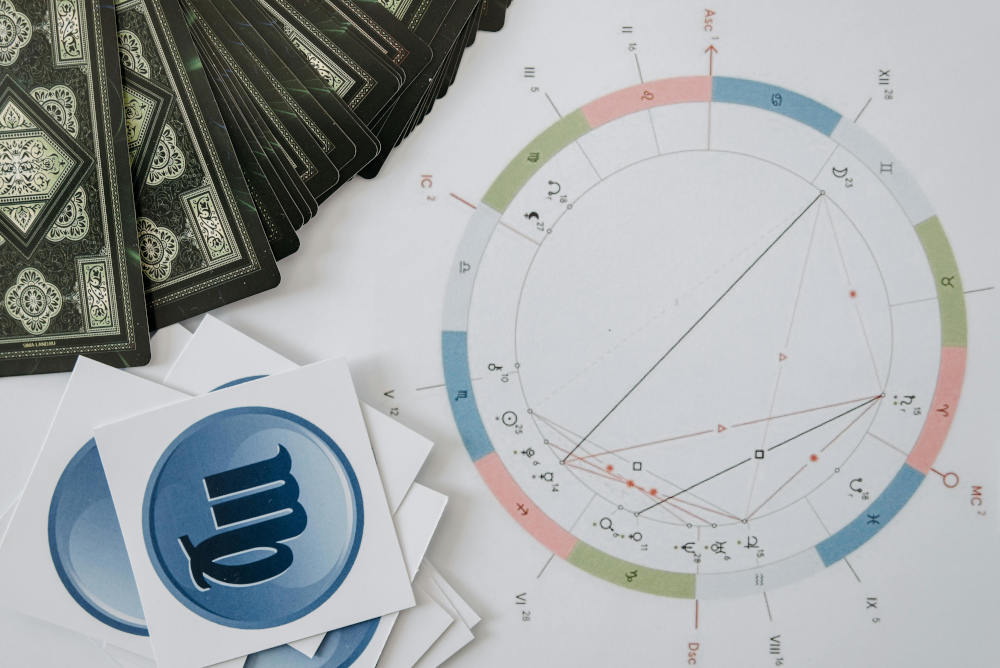









0 Kommentare